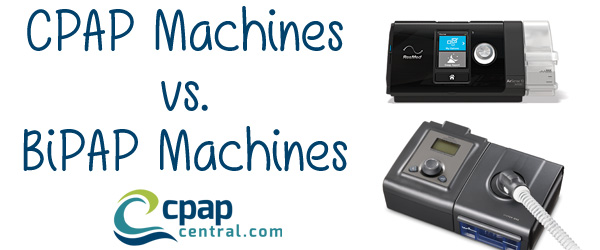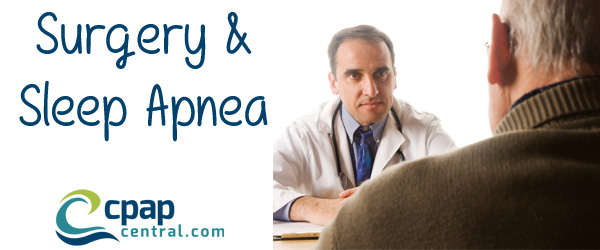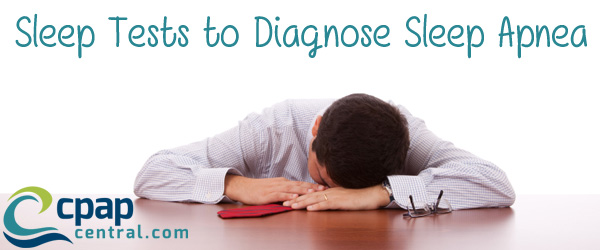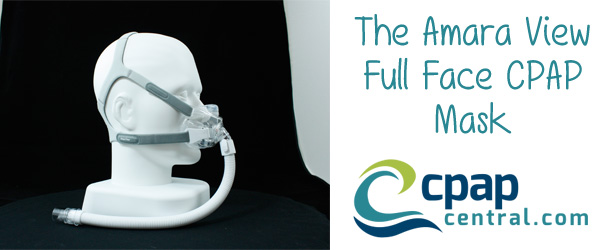When it comes to treating sleep apnea, using Positive Airway Pressure, also known as PAP therapy, is the most common form of treatment. PAP therapy can be very effective when used correctly as prescribed by your doctor.
When it comes to PAP therapy, different options are available to you. The two most common forms of PAP therapy are Continuous Positive Airway Pressure (CPAP) therapy and Bilevel Positive Airway Pressure (BiPAP) therapy. CPAPCentral.com wants you to understand the difference between both of these therapies.
CPAP Therapy
As the continuous portion of its name implies, CPAP therapy involves the continual flow of air through your airway using a pressure prescribed to you by your doctor. This form of therapy is commonly used to treat obstructive sleep apnea, as the air pressure helps prevent your airway from collapsing, which leads to a stoppage of breathing, or an apnea event. And while one pressure setting is set for the entire night, a lot of CPAP machines have ramp features, which allow you to fall asleep at a lower pressure setting before the machine automatically increases the pressure to your prescribed therapy level.
BiPAP Therapy
While less common than CPAP therapy, BiPAP therapy presents an alternative for sleep apnea patients. Unlike CPAP therapy, where only one pressure level can be set and the pressure remains the same for when you inhale and exhale, BiPAP machines have two pressure settings. Typically, there is a higher pressure setting for when you inhale and a lower pressure for when you exhale. This may make BiPAP machines a better option for patients who have a higher prescribed pressure, because they won’t have to work as hard to exhale.
If you are unsure which therapy is best for treating your sleep apnea, speak with your physician. They can help you understand your unique therapy needs and will prescribe what is best for you.
CPAPCentral.com carries a full line of CPAP machines and BiPAP machines. If you are having trouble adjusting to your sleep apnea therapy, consult your doctor and contact us if you need to make adjustments to your equipment.










